AIRPORT Lviv-Skniłów 2019
Kraków 2019-05-20
Lviv Airport
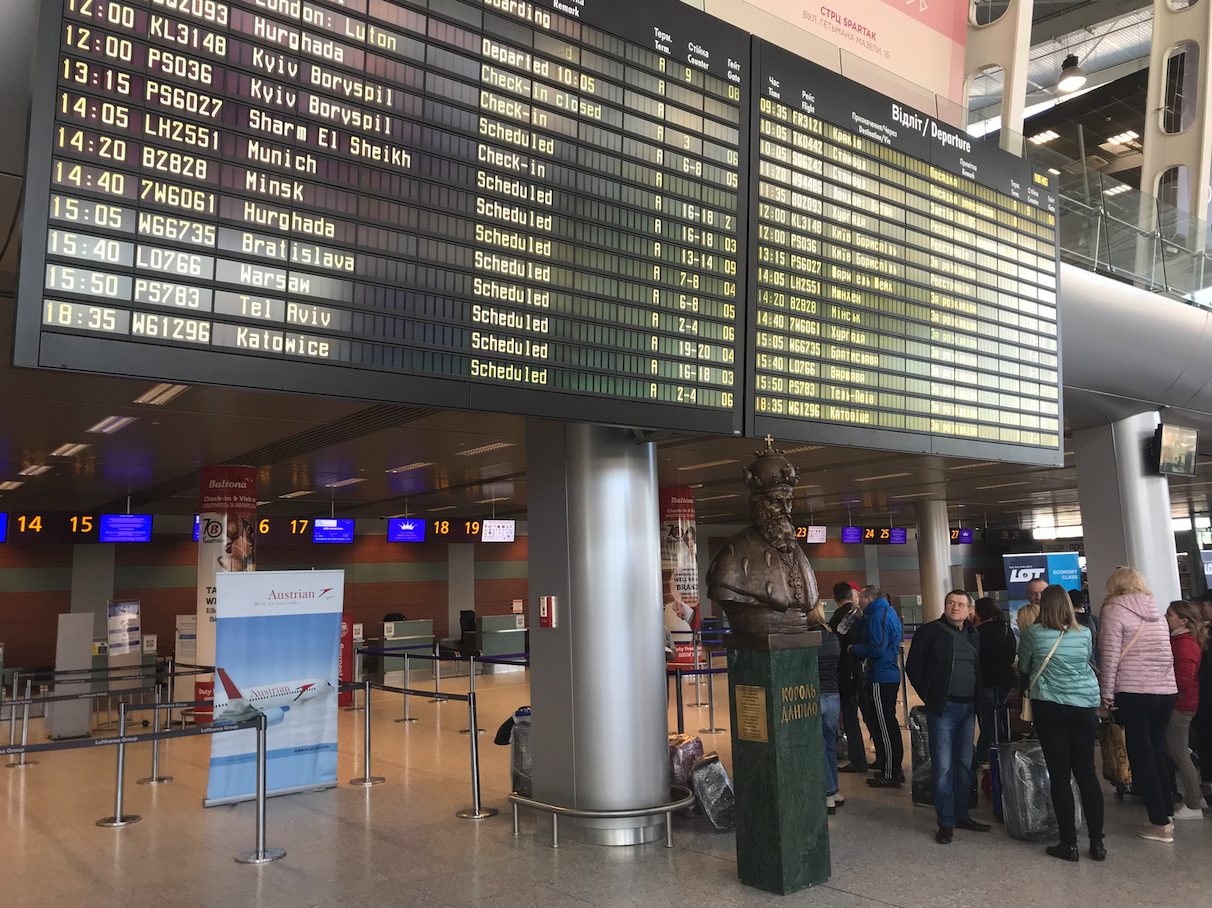
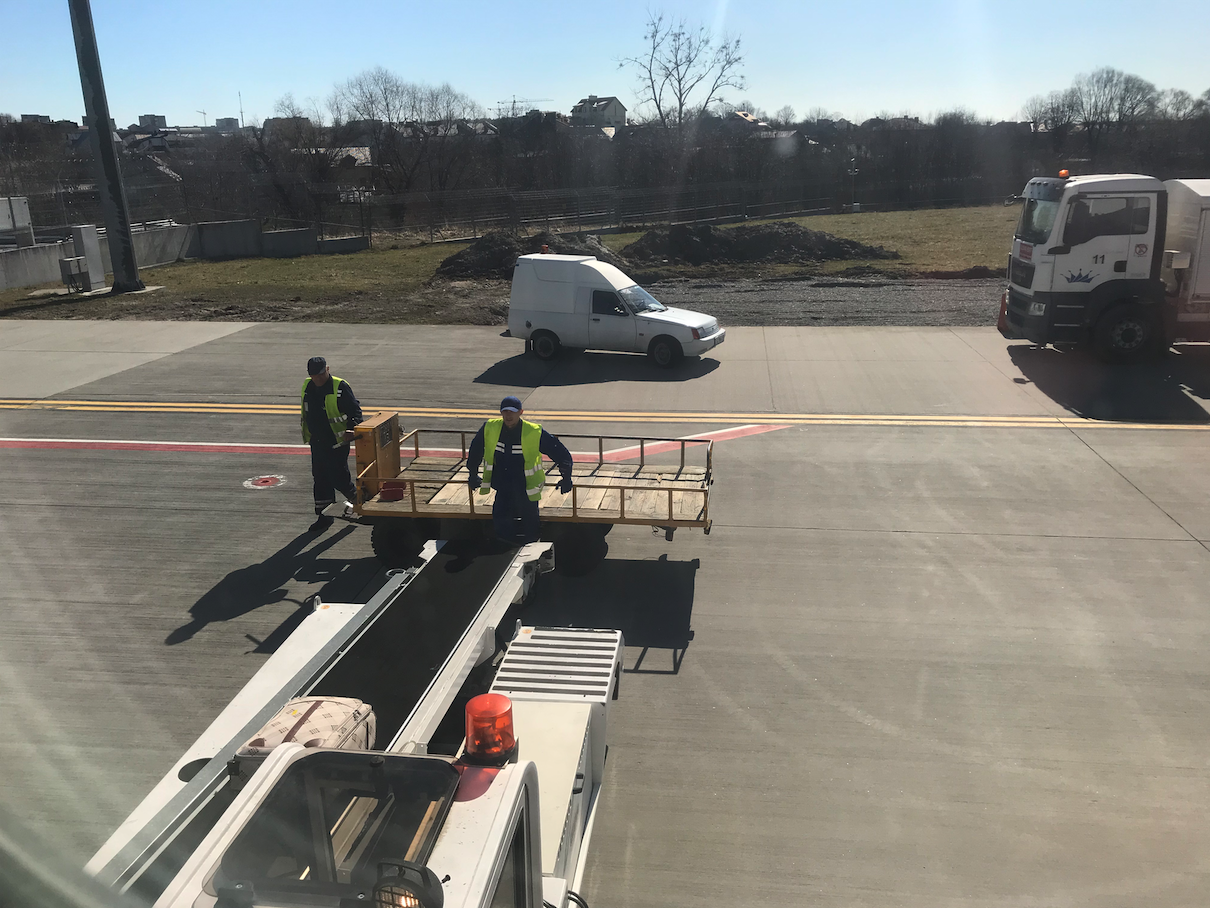
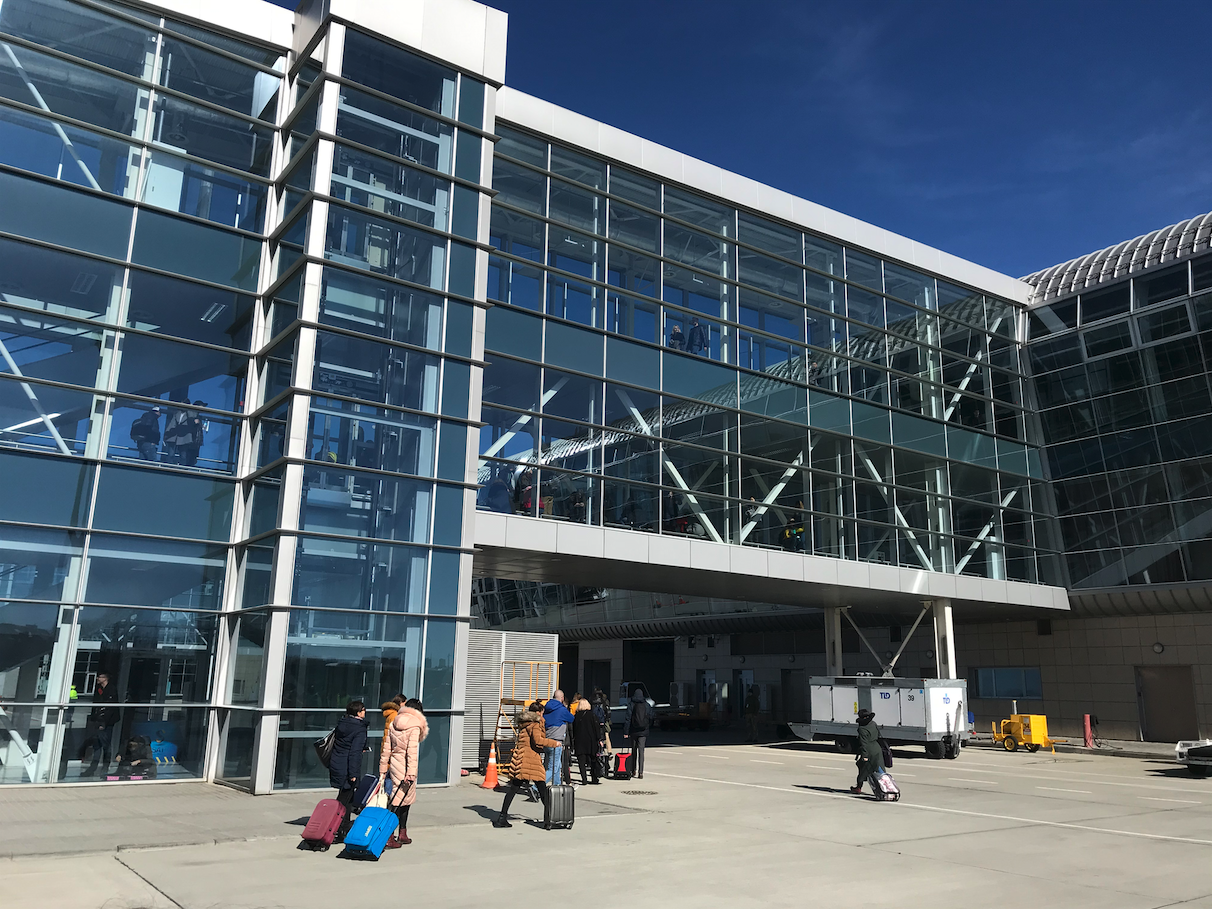
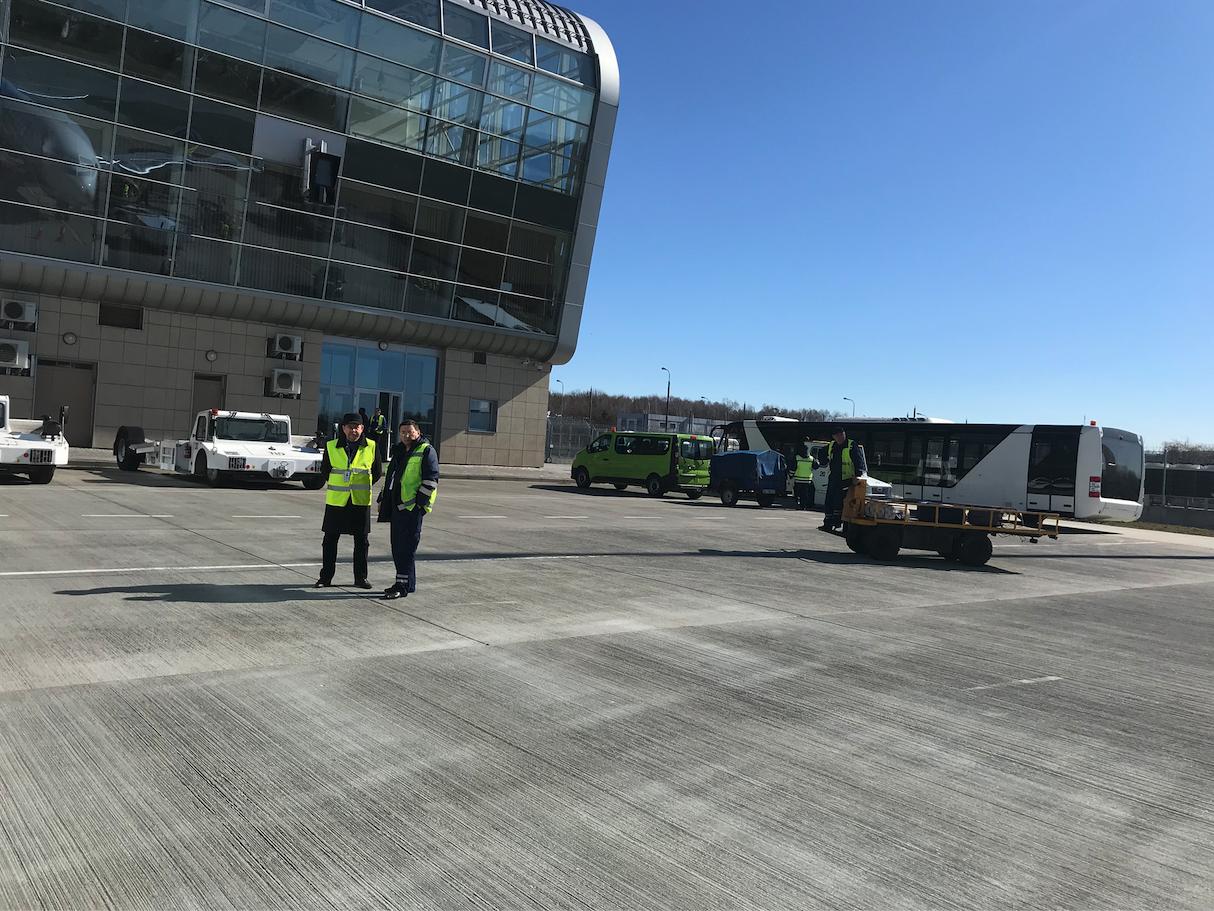

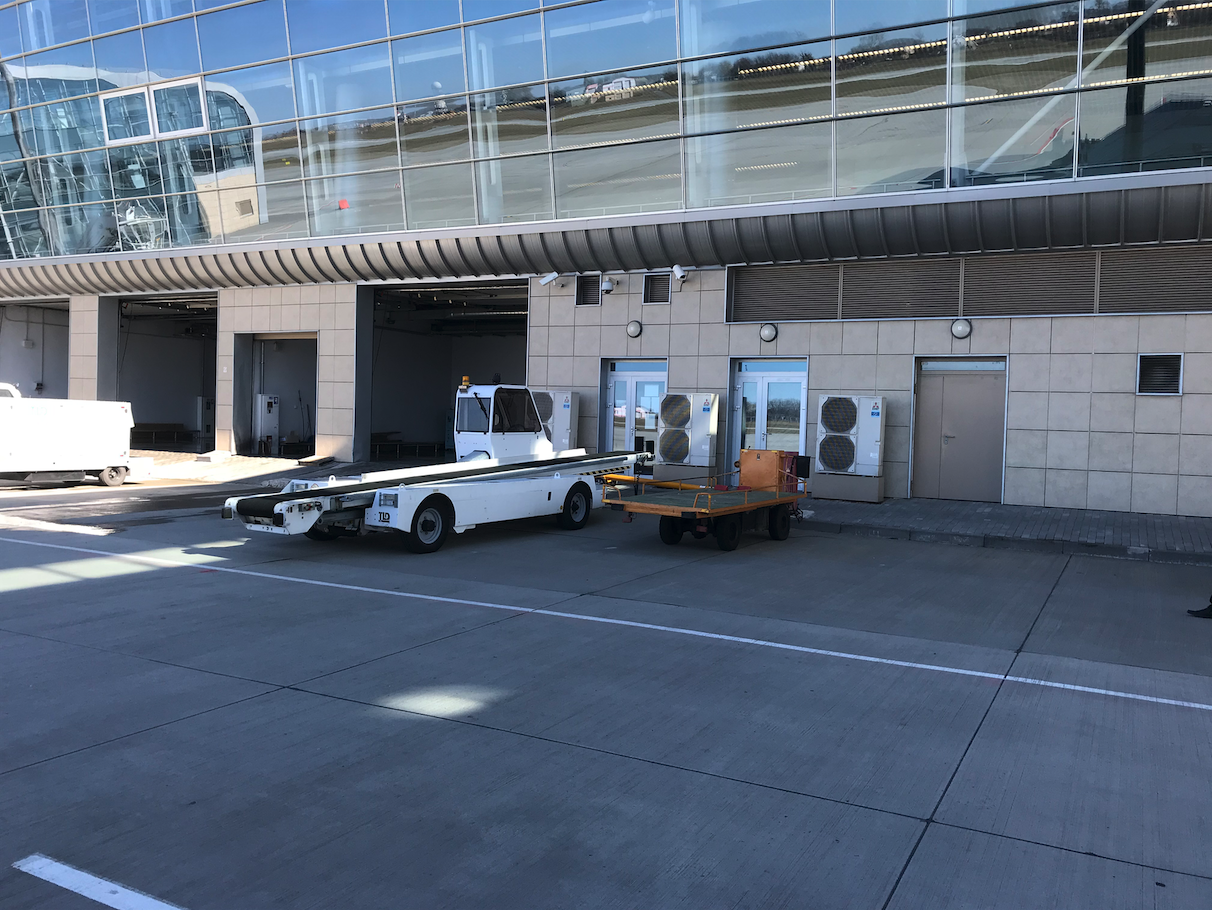
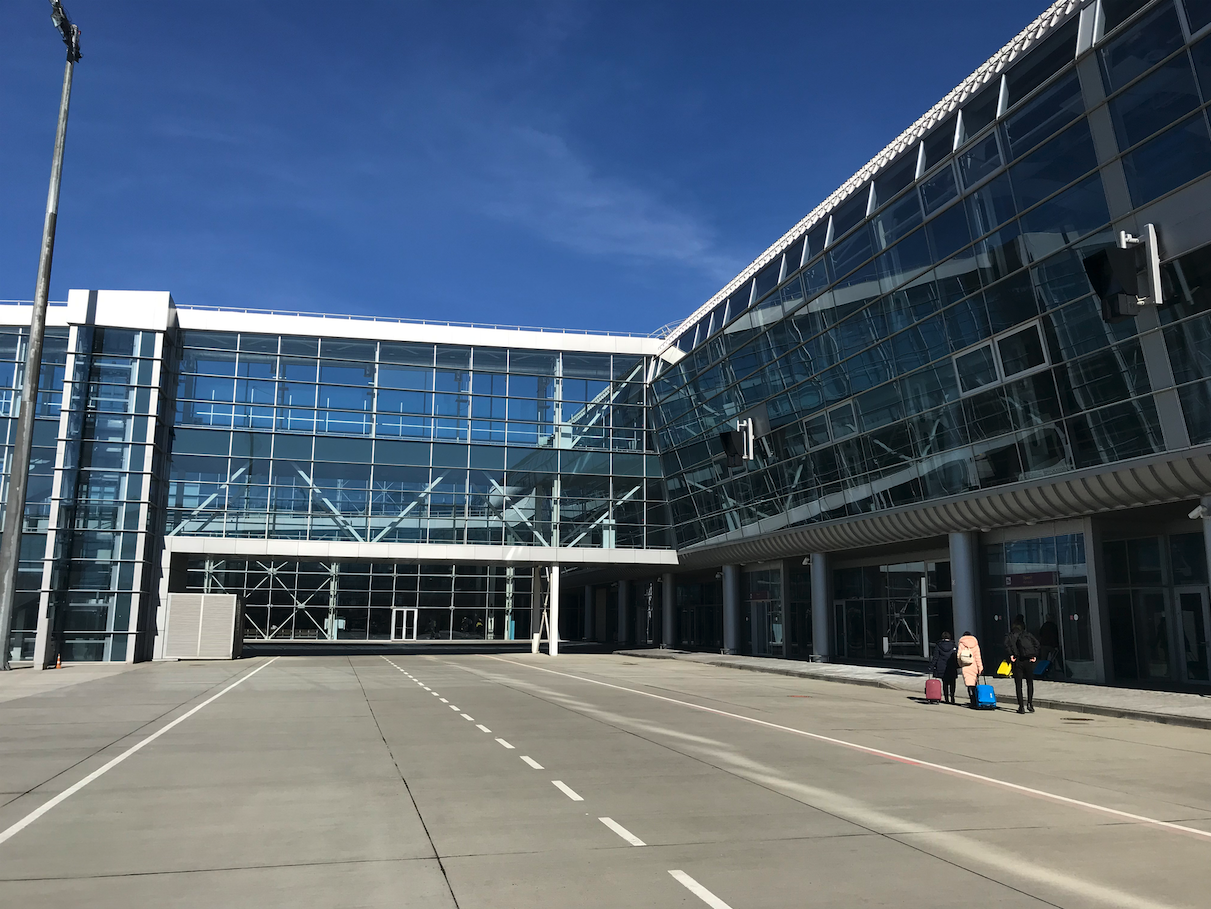
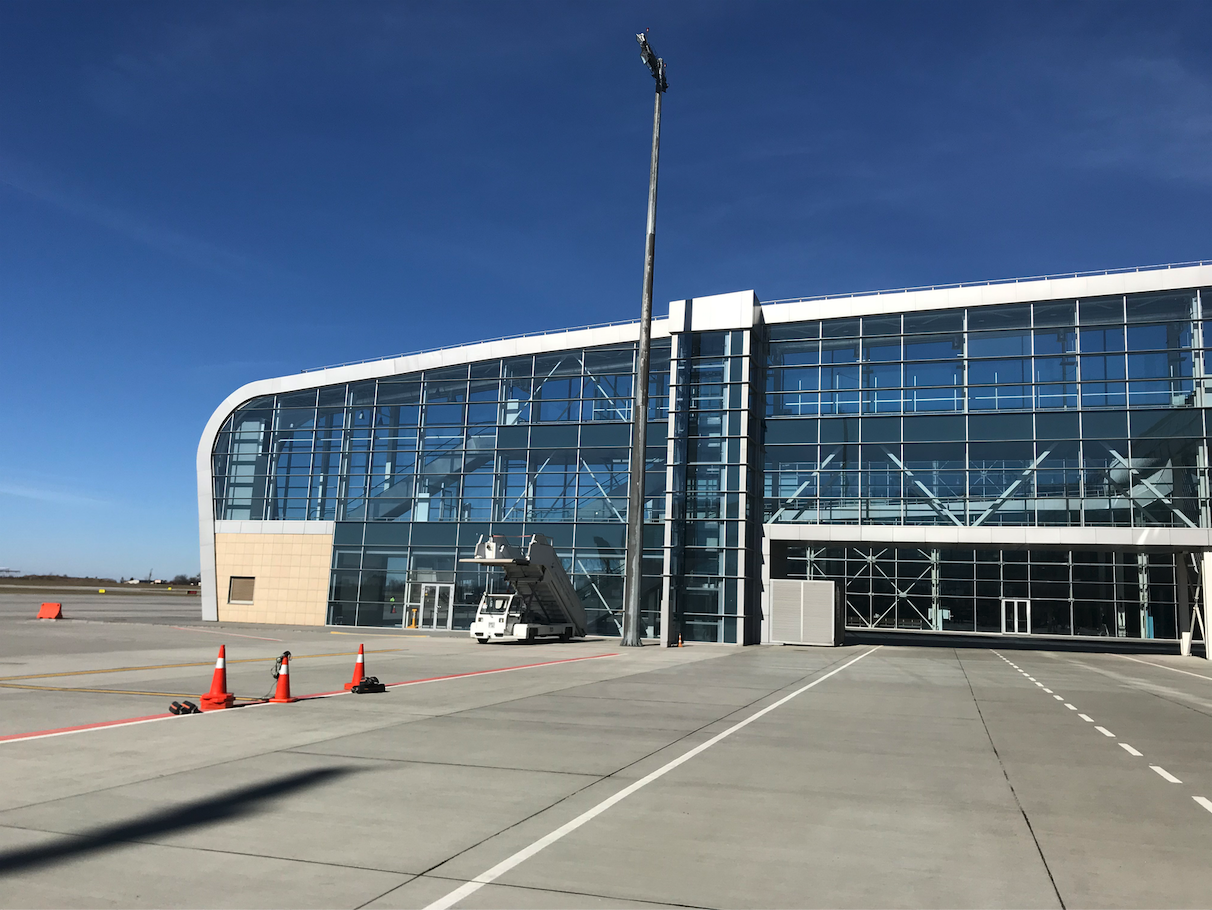
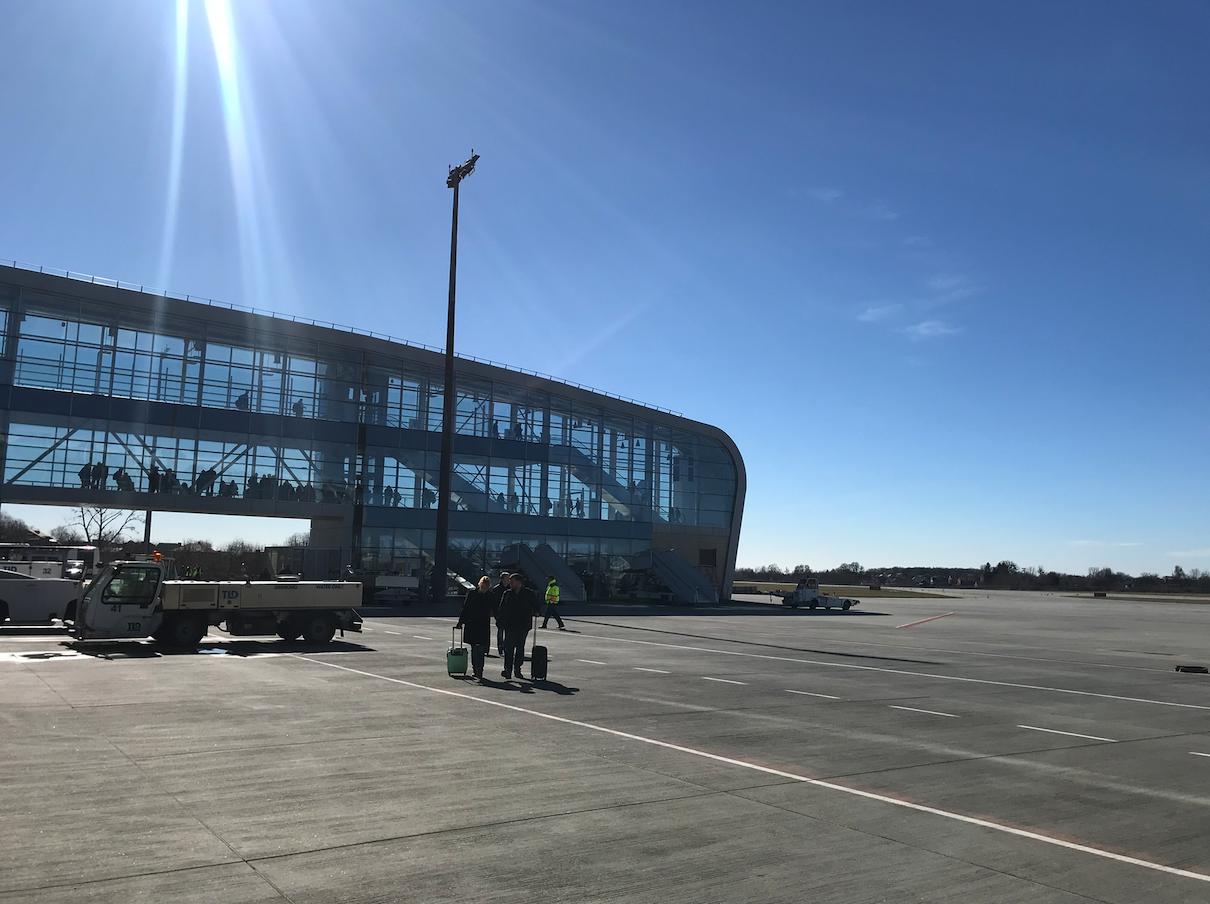
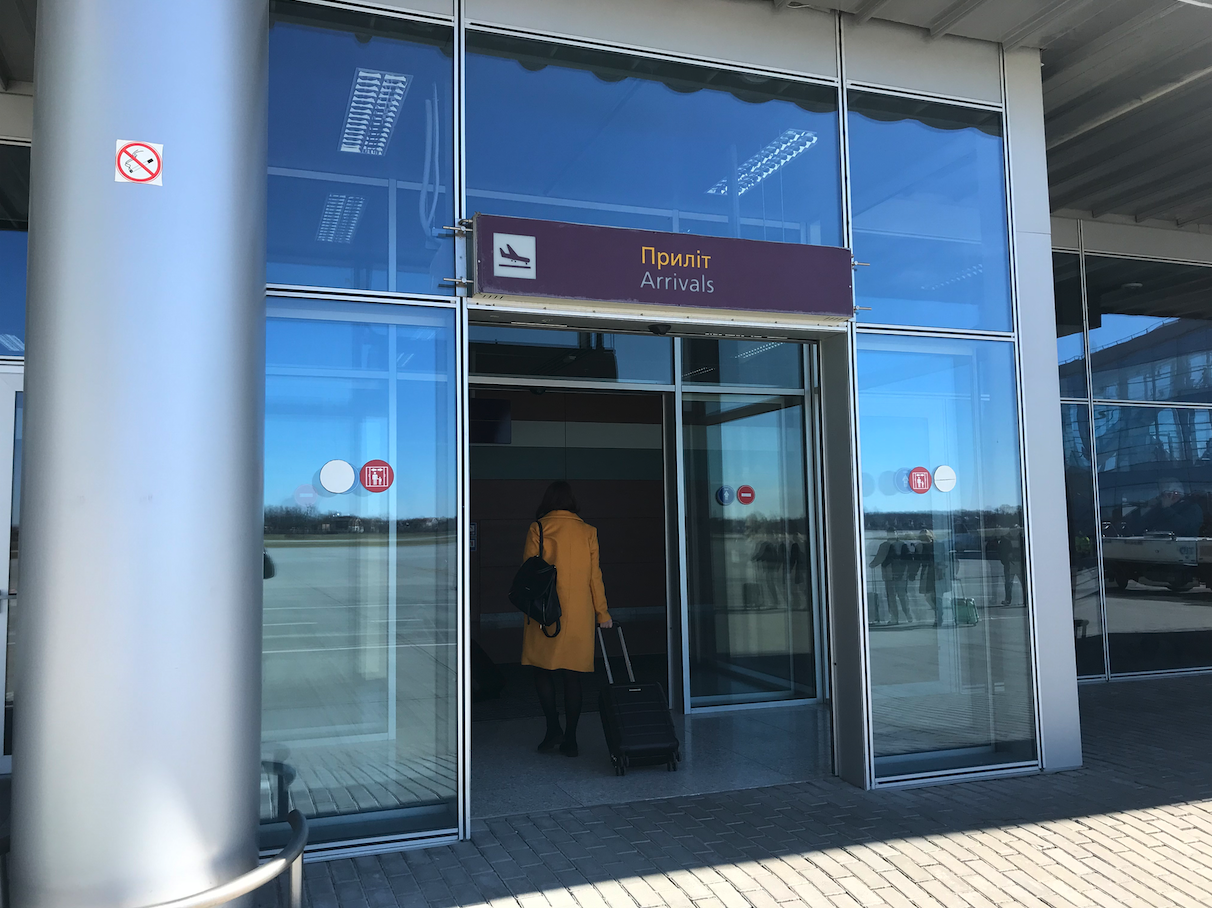

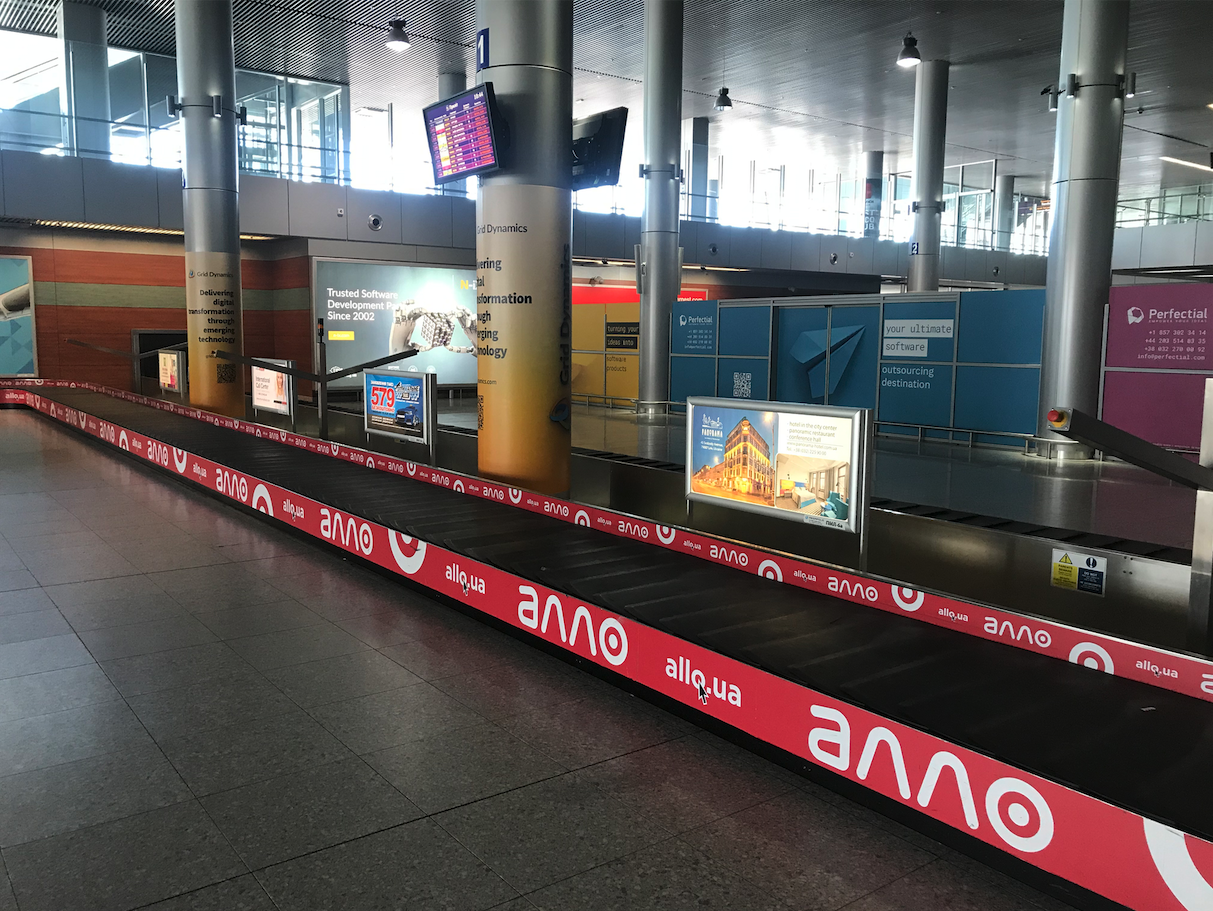

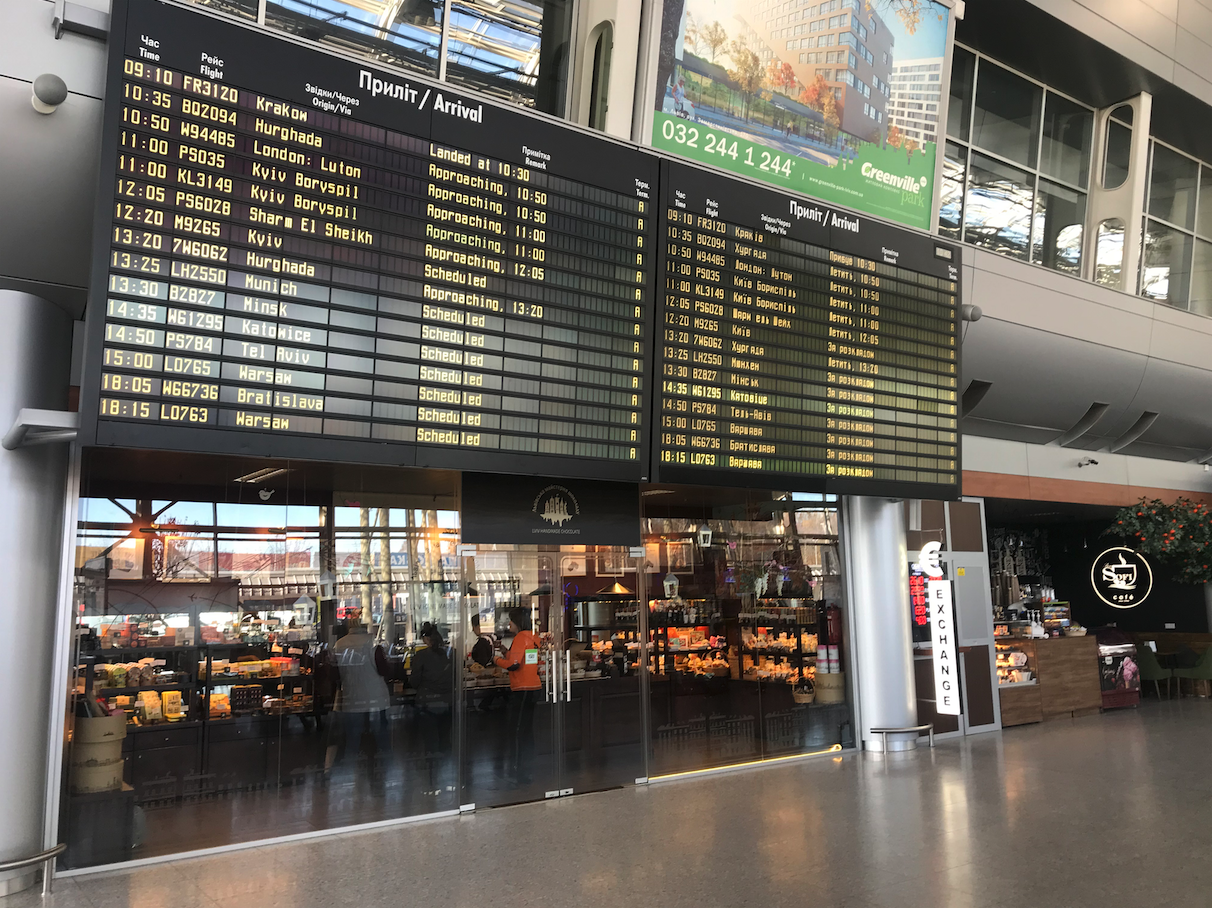

Lviv Airport is a former airport from the period of the Second Polish Republic, built as a modern military airport for the 6th Air Regiment. The airport was replaced by the liquidated Lewandówka Airport, located near the center of Lviv.
In 1921, the Polish Army underwent a reorganization into a peaceful state. The aviation was subordinated to the Department IV of Air Navigation of the Ministry of Military Affairs (1921-1926). In the department, in 1923, a Construction Office was created. The reorganization of airports in Poland has begun. It was decided then that existing airports should be maintained paying attention to their standardization. Also, the decision was made to build a new airport for the city of Lviv, using the old Lewandówka airport, until the launch of the new Skniłów. In 1924, after the reform of finances of Władysław Grabski, the Polish Sejm passed the first budget in a reborn Poland, which included military expenses, including the construction of new military facilities. The Polish government then decided to build two new airports for the air regiments: Okęcie for the 1st Air Regiment and the second for Lviv for the 6th Air Regiment. They were expensive and implemented for several years.
A convenient area for the airport was found about 5 km from the center of Lviv, in the south-west direction on the road to Gródek in Skniłów. The area was purchased in 1924. They bought 200 hectares of which 100 hectares were allocated to the field of take-off, and the remaining area was designated for the infrastructure not only of the airport, but also the base of the 6th Air Regiment. The area was drained and leveled.
The design of Skniłów Airport was based on French experience. According to them, the airport should have the shape of a circle, ellipse or regular polygon. Depending on the purpose, its diameter should be: a spare airport 800 m, a regimental airport 1 200 m, a school airport 1 500 m. In Skniłów, the departure field was marked on the plan of the circle. Three directions of takeoffs and landings, so-called catwalks, have been designated. Each of them is 600 m long and 400 m wide. Already in 1925, planes landed and started here. Waterworks, sewage and electricity were built at the airport. Apartments for the officer’s staff of the 6th Air Regiment were planned to be built in the very city of Lviv. The first buildings were built in the spring of 1925. The plans were impressive and mostly realized until 1935. The technical area included hangars, technical park (workshops), technical warehouses, fuel depot, car park, railway siding. One of the hangars was intended for the Aerolot transport company, and from 1929, for LOT Polish Airlines. The administrative and barrack area included: the staff of the staff and port commands, the school base, warehouses, the canteen with the kitchen, the bathhouse, the laundry room, the guardhouse, the prison, the infirmary and the fire brigade. A network of internal roads was built. There was a power plant, a water tower and a boiler room for central heating. It was a modern garrison. The scope of work carried out in Skniłów can be compared to those carried out at Okęcie, because it was the second such important new aviation facility in Poland.
At the same time, the 6th Air Regiment was formed. The staff for him was obtained from the 1st and 3rd Air Regiment. On May 23, 1925, the commander of the regiment, Colonel Camillo Perini, issued the first order, which was considered the date of the establishment of the unit. Since the airport facilities in Skniłów were under construction, most of the classes were carried out by the Regiment at the Lewnadowka Airport. The regiment in state had planes Potez XV. For the needs of the Regiment, a sawmill was adapted and several barracks were erected. Six makeshift wooden hangars were built on brick underpinnings, whose lifespan was set at 15 years. Some of the soldiers were quartered in the City in barracks. Hetman Żółkiewski. In July 1926, at the Skniłów Airport, repairs of airframes were put into service, and in December 1926, a workshop for repairing and repairing engines. In 1927, a new staff building was put into use. The first stage of construction of the Skniłów Airport was completed in 1929. At that time, on September 16, 1929, the Regiment, which was scattered almost all over Hradec, moved into new buildings. The buildings were three and four-storey. The first two modern hangars were commissioned in 1931. Their construction was reinforced concrete and steel. Until 1939, the Airport had 9 hangars, and one of them belonged to PLL LOT. Up to now (2019), there are only two, but they do not perform typical aviation functions.
Until 1935, the area of the airport was significantly enlarged, anticipating its further development.
Skniłów airport developed as a communication airport. Passenger transport in Lviv was carried out by Aero and Aerolot, and from 1929, LOT Polish Airlines. The main directions were: Warsaw, Kraków and abroad to Romania, Bulgaria, Greece and Palestine. In 1931, Flight from Warsaw to Lviv lasted 2.5 hours with the help of Fokker aircraft. The flight tickets were subsidized and the price for this flight was PLN 45. For comparison, a train ticket on this route cost 38 zlotys. Airplanes Junkers F-13, Fokker F-VIIA / 1m, Fokker F-VII / 3m, Lockheed L-10 Electra (from 1935), Lockheed L-14 Super Electra (from 1937) and Douglas DC-2, landed on the Lviv Airport.
Outside Poland
The outbreak of the Second World War destroyed the development of Lviv, and with it Skniłów Airport. On September 22, 1939, the Commonwealth lost Lwów and until now (2019), it did not recover it. After the Second World War, Lwów was included in the CCCP. The city and Skniłów Airport collapsed. The airport has become provincial. Lviv had connections only with Moscow and Kiev. The flights were serviced by Aeroflot. Charter charter from abroad landed here very rarely. Airplanes were usually brought by sports teams and representatives of party and government authorities.
After the establishment of a sovereign Ukraine, Skniłów Airport was slowly reviving. It has become an international airport. Several foreign connections have been launched. The passengers were served by the following airlines: Aerosvit, Austrian, Carpataie, LOT Polish Airlines, Lviv Airlines, Ukraine International Airlines, UTair Aviation and WizzAir.
In 2010, the airport received the name of King Daniel Halicki.
In connection with the preparations for the EURO 2012 football tournament, a new airport terminal was built at the Airport. The terminal was built in 22 months. Its opening took place on January 26, 2012. The new terminal is a steel and glass structure equipped with four sleeves for entry to aircraft. The terminal has an area of 22,000 m2. The terminal opened stores, cafes, bars, a VIP room, an information desk. You can rent a car at the airport. The terminal can be expanded with a pier, an object adjacent to the terminal, which increases the capacity of the airport through additional gates. The remaining airport infrastructure was also expanded. A large parking lot for 1,300 cars was built. Communication with the city center is provided by buses, minibuses, taxis and trolleybuses.
Skniłów airport has an IATA code: LWO, ICAO code: UKLL. The airport has one RWY with a length of 3,305 m, in the direction of 13/31 and has an asphalt concrete surface. The height of the airport is 326 m above sea level. Geographical coordinates 49 ° 48’45 "N 23 ° 57’22" E.
From Lviv, you can fly to 44 airports in Europe and the Middle East. In 1999, Lviv Airport handled 35,000 passengers to reach 110,200 people by 2002. In 2008, over 532 100 passengers were served for the first time. In 2017, 1 080,000 passengers were exceeded, and in 2018 reach 1 598 700 passengers. A characteristic feature of the port is the high volatility of transport in relation year to year. 98% increases were recorded, but also 40% decreases. Ukraine is still an unstable country.
Access from the airport to the center of Lviv
The Lviv Airport is only 8 km from the city center (Adam Mickiewicz Monument in Lviv). Access by car takes 15-25 minutes, depending on traffic (time of day). You can use public transport. Bus number 48 – ticket for 4 hryvnia. Trolleybus No. 9 – ticket for 3 hryvnia. However, it must be remembered that urban transport runs unprepared, and buses and trolleybuses are outdated and often fail. TAXI – the price of 3 hryvnia for 1 km. Generally, for Polish Citizens, access is cheap.
Written by Karol Placha Hetman
